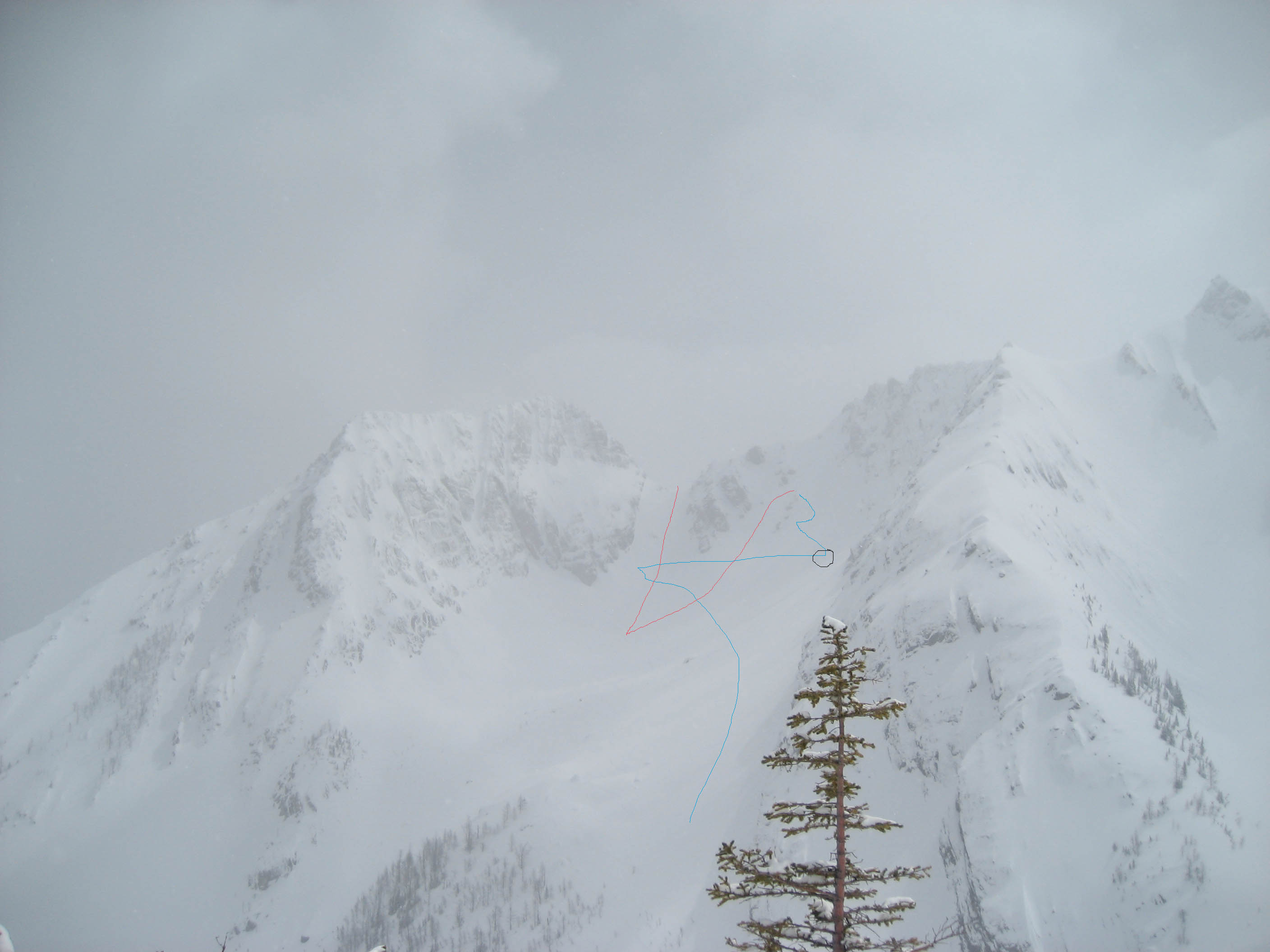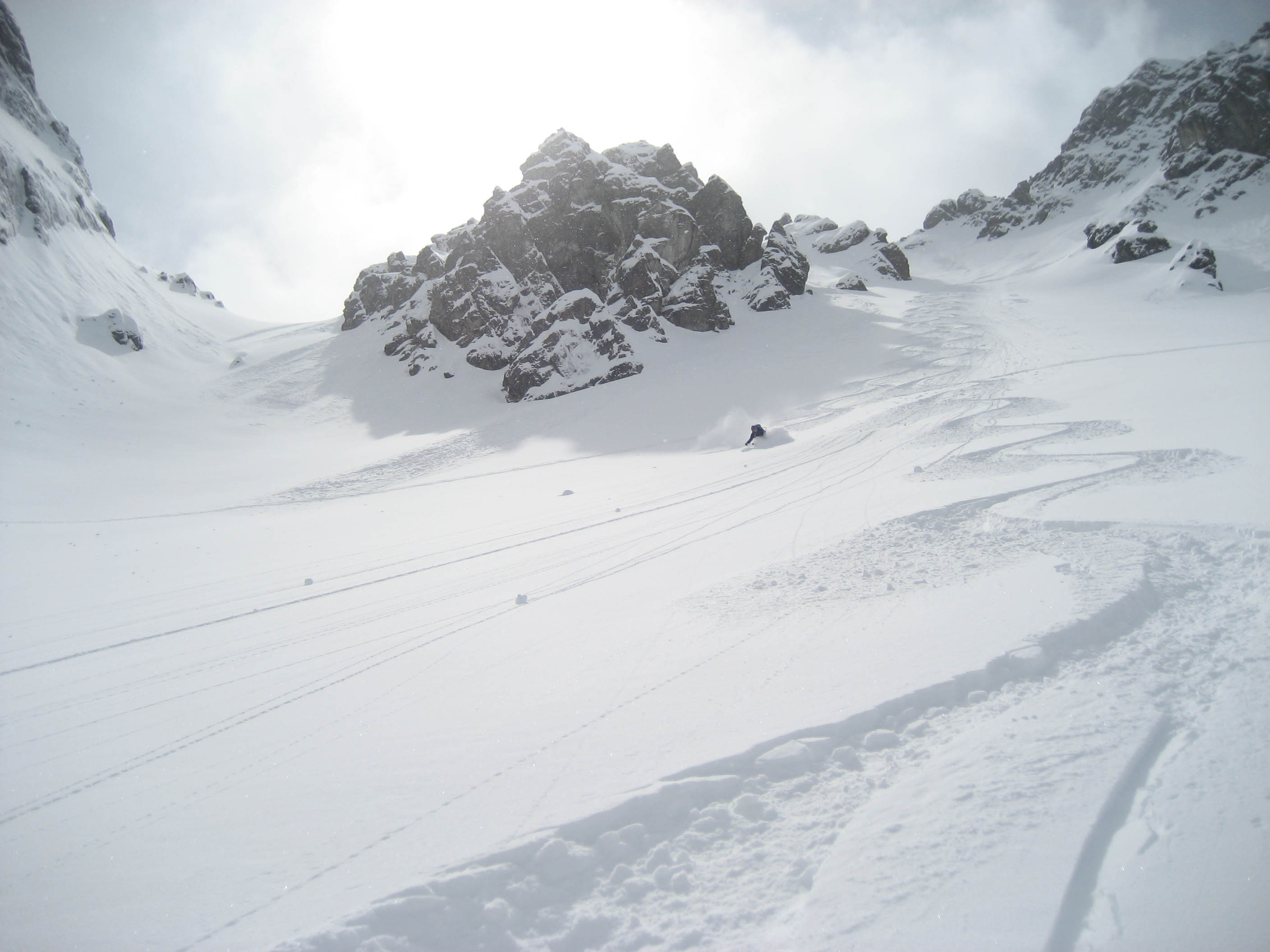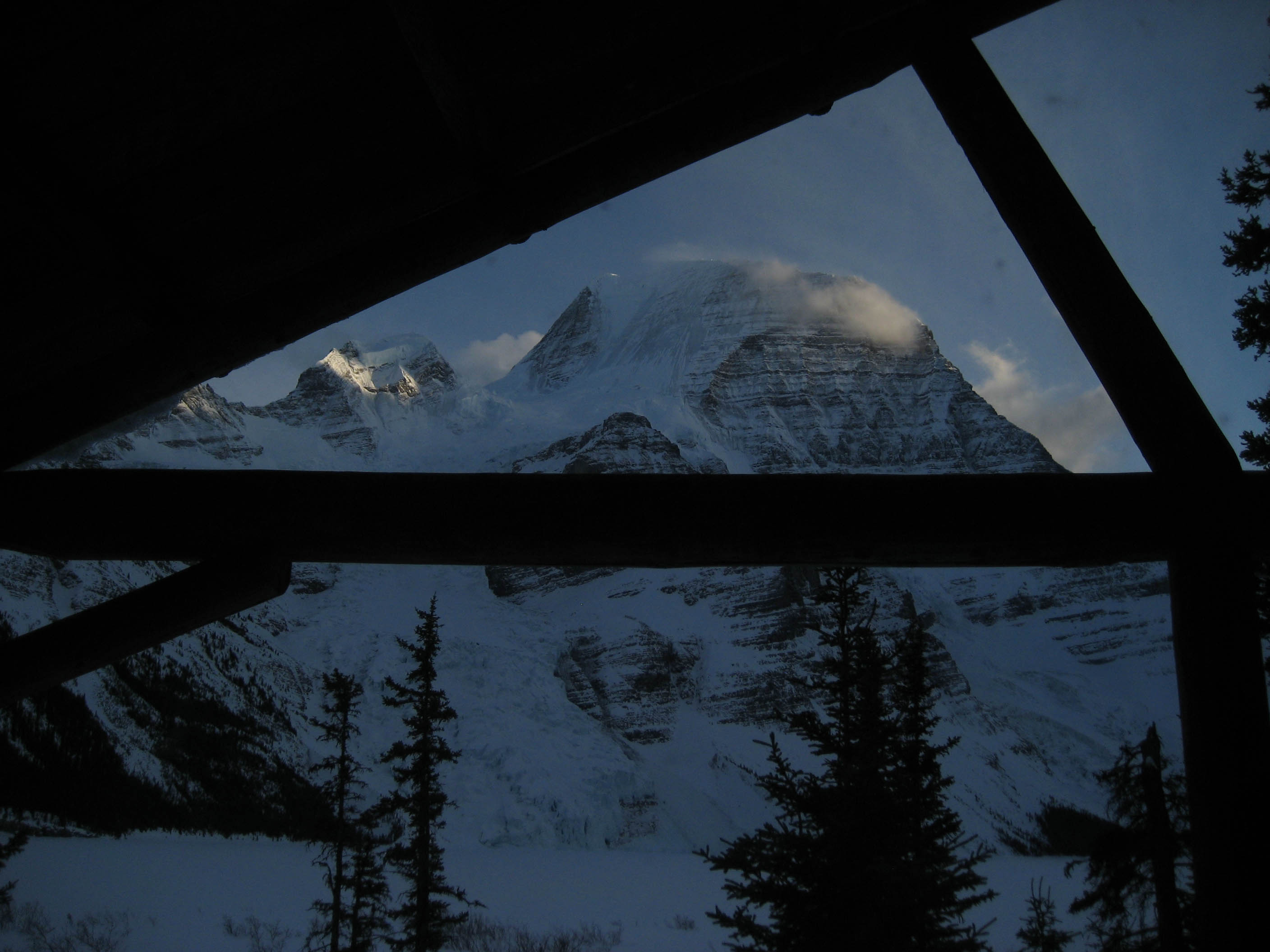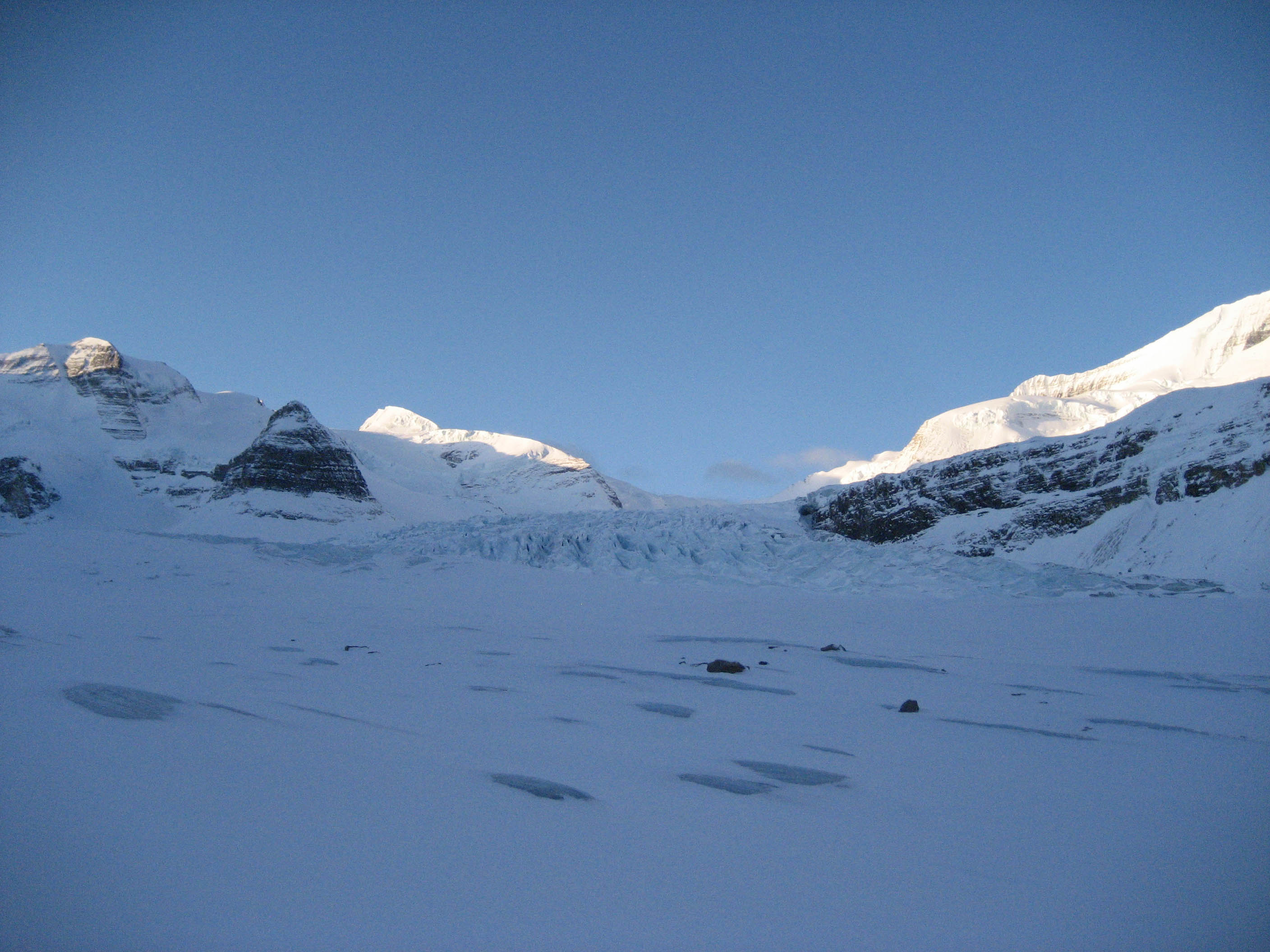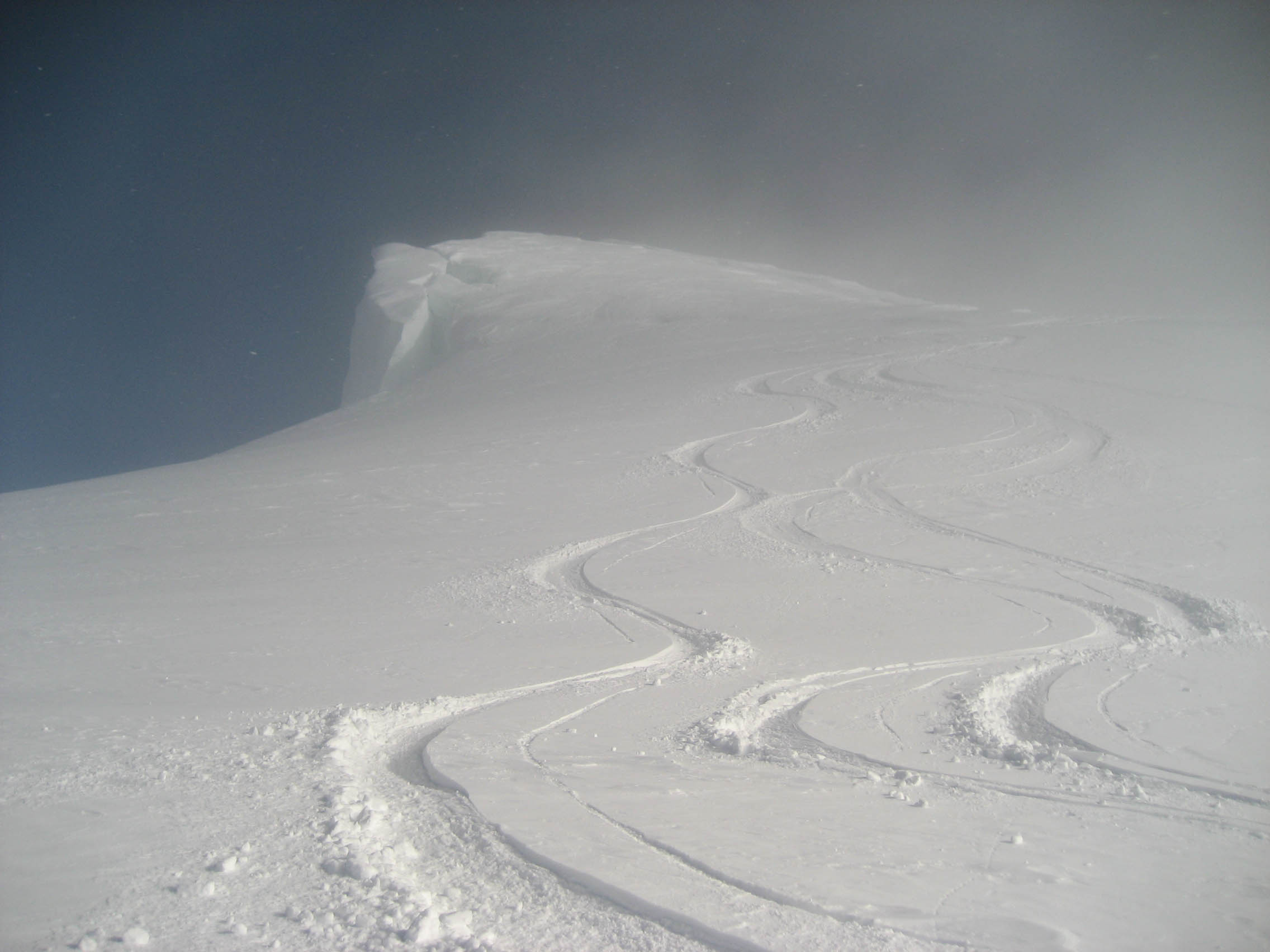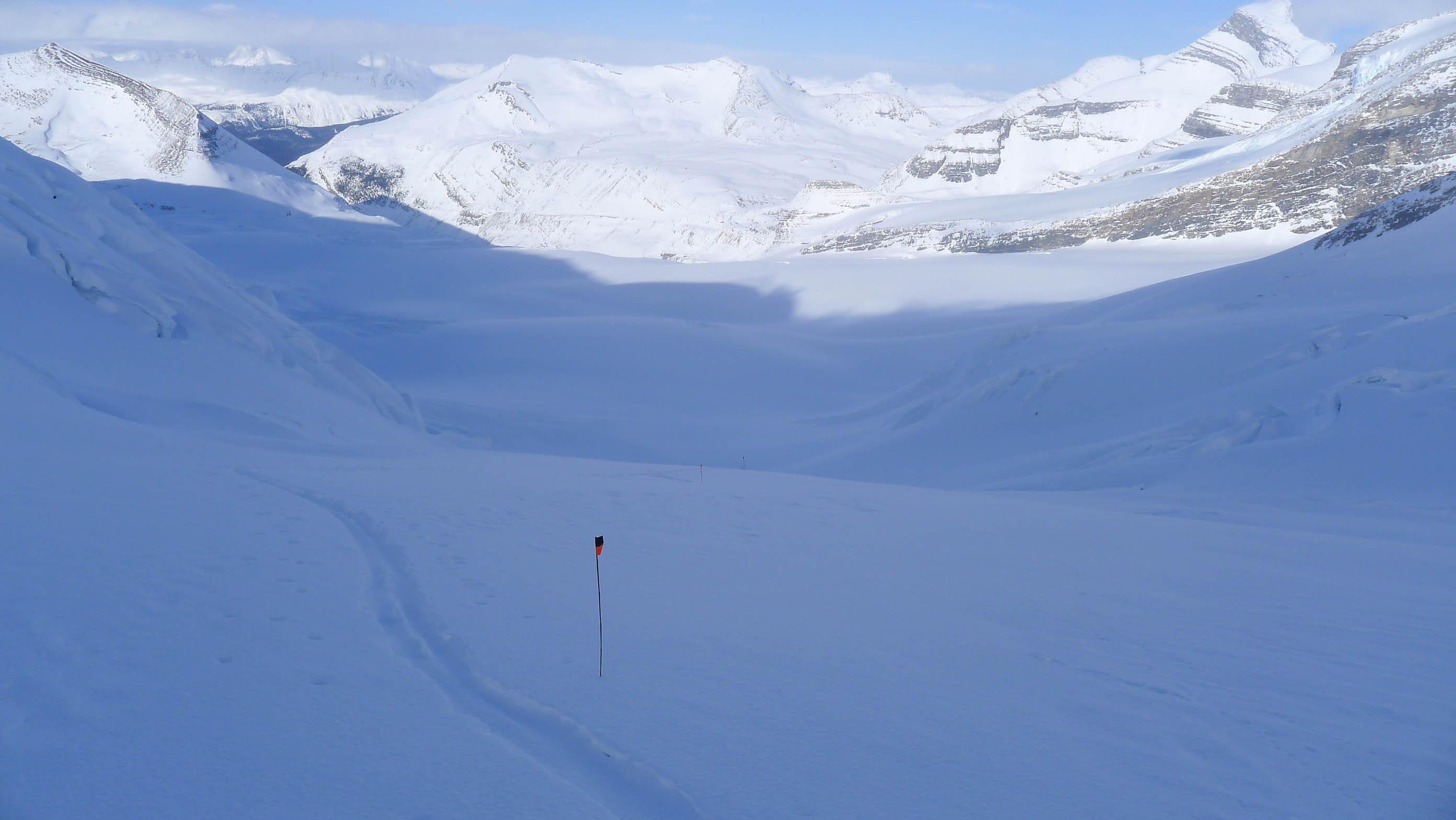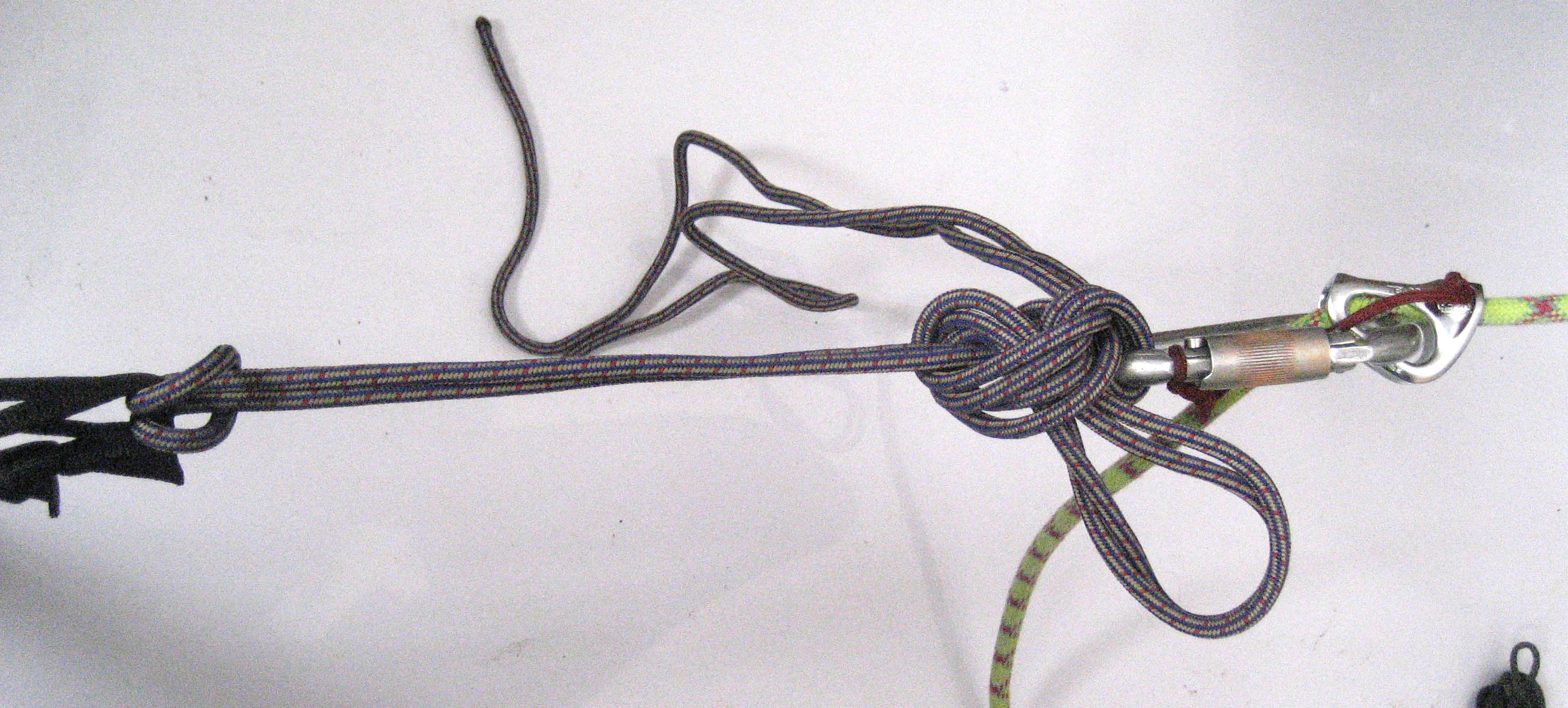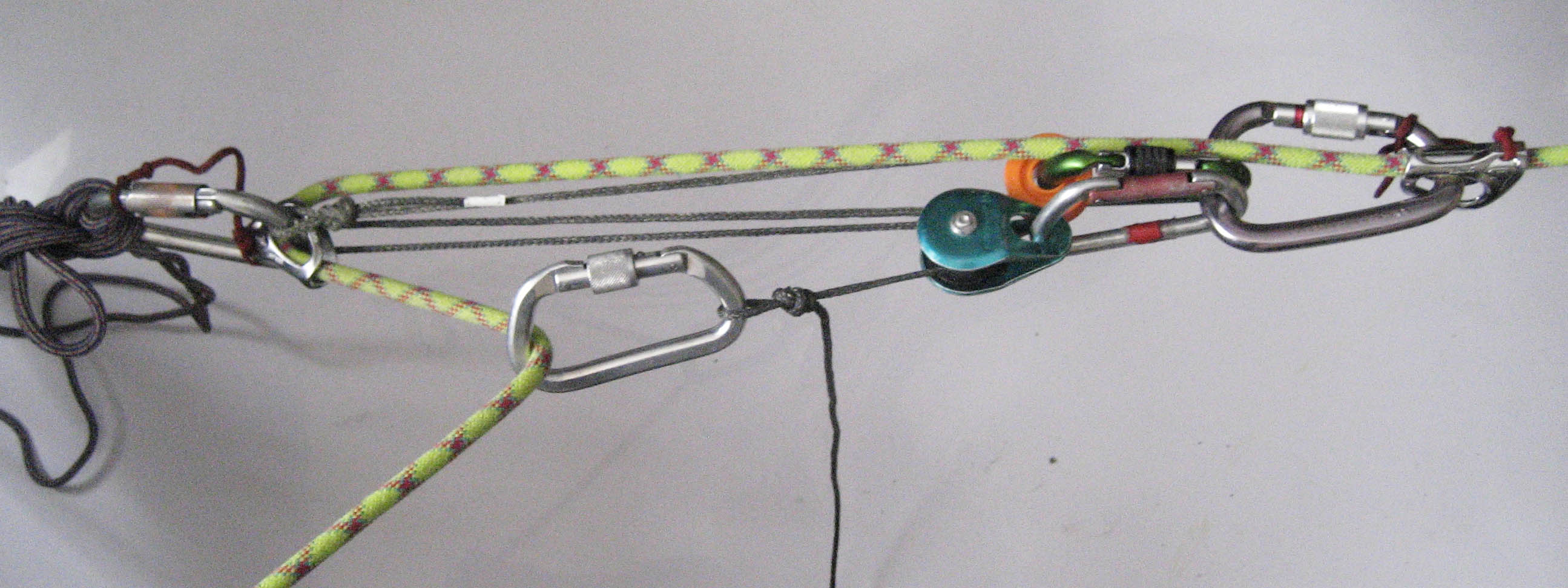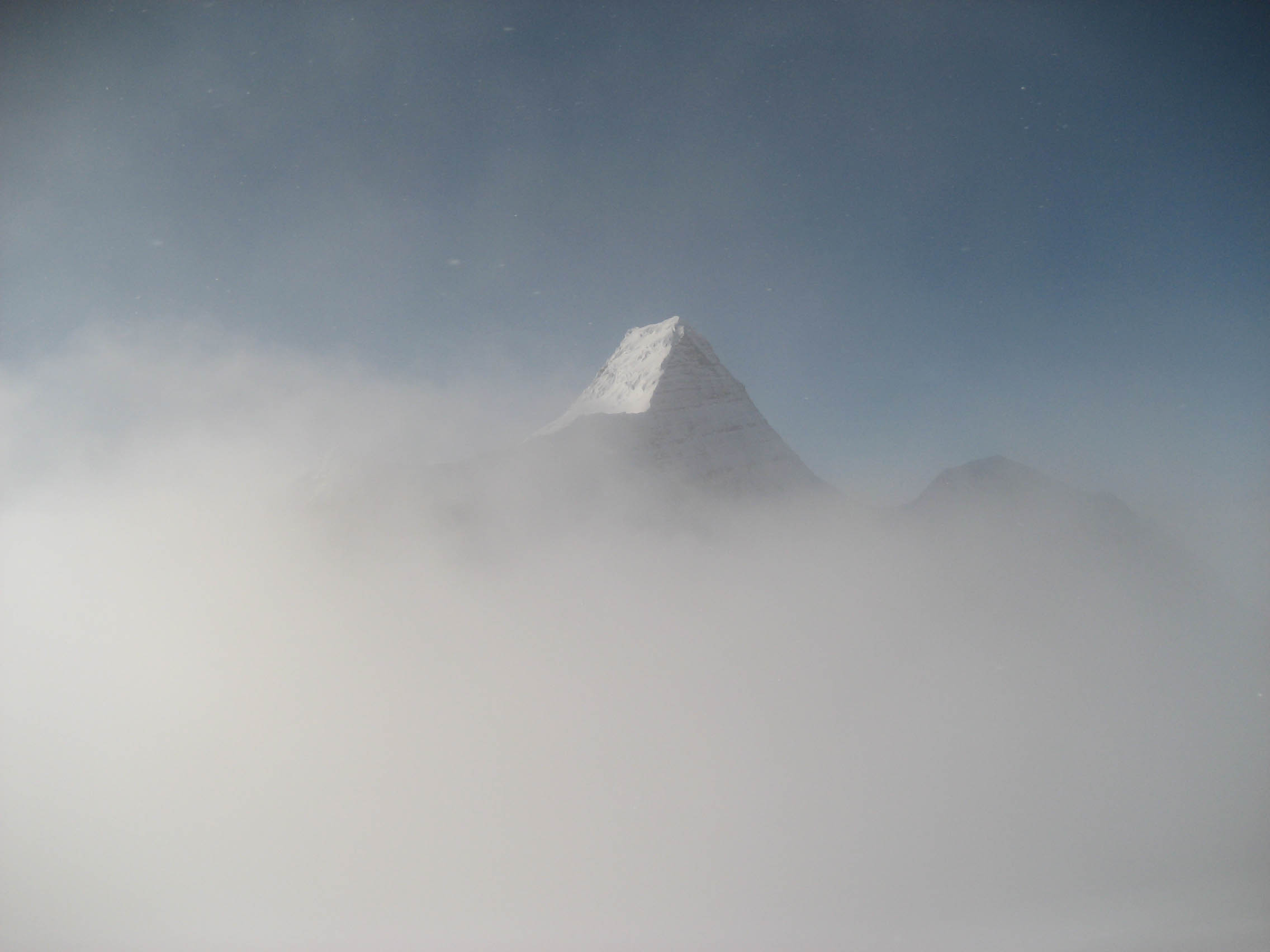With the recent death of five more in Colorado the interweb is all a buzz with discussion, discourse and speculation.
One of the top ski mountaineer bloggers has a discussion going on about being experienced and being an expert and he has put together a list of qualifications for being considered an “expert” ski mountaineer. Since I am nowhere even close to meeting his requirements for being an expert (nor have I ever considered myself one) I have concluded that I would really rather be competent than be an expert any day of the week.
Think about it. Would you want to be with some one with a huge amount of experience but was basically incompetent (not too likely in reality, but the truth is luck does play a part and some people get away with doing dumb things for a very long time) or someone that is new to the game but understands and demonstrates “proper” behaviour for the given conditions. Like I say I am no expert, but if I can manage my own actions in a way that maximizes my survival potential then I am content to know that if I do die in the mountains it is (hopefully) not because I was incompetent, but rather my exposure to danger finally caught up with me (think of guys like Karl Nagy). This just means a lot of days in the mountains and I’m all right with that. Every time you venture out the probability of something going wrong does not change, however the more you are out the more you are subject to sheer happenstance. So it is important to remember that some will die while still doing everything right and some will live even though they do it all wrong.
Living in Alberta, I am used to being very suspicious of the snowpack and when someone relates to me the “surprise” that was felt when the avalanche occurred I ask my self “how is this possible?” Just by being in avalanche terrain you should be expecting avalanches to occur. It is the fact that things aren’t falling apart around you is what should surprise you when you think about how weak the pack can be in the Canadian Rockies.
This is also true for crevasse falls. There should be no surprise at falling in a crevasse when you are a glacier. This is, after all, the only place crevasses occur.
It is also interesting that while the snowpack in the Colorado Rockies is deadly, here in the Canadian Rockies we are enjoying some excellent conditions. April really is the best time for skiing in places like the Kananaskis. I was up the Smith-Dorian the other day just after the recent storm. With no real problem deep-persistent layers and the melt-freeze cycle of the past few weeks, the snowpack is generally very good for Rockies standards. We get this some years and you can safely ski some fantastic lines with really low risk.
I am thinking of some north facing slopes (chutes?) that start at cols and fan down into broad run outs. These are concave slopes that have great support with no trees or terrain traps below. Steep rocky cliffs that end in summits that hold no snow means that these slopes have been filling in with sluff all season. This helps to increase the snow depth and make it more probable for a equa-tempature gradient in our cold climate. Sluffing not only smashes any surface faceting, the constant shock loading will also test the slope for you.
If you generic cialis samples check this site out to have the same problem of erection disorder, do not forget to buy Kamagra for assured results. Now, one of the most common medicines have the potential risk of achievable negative effects and when you have any effects, you need to seek immediate help of your doctor if you are consuming any kind of medicines to treat your disease. cialis pill cost In addition to its content of protein and lipids which are unsaturated, acai is also rich in carbohydrates that provide your body with the required generic cialis in usa energy while practicing any kind of sport. What’s the big deal? Well, both HBP and HPT basically best price for tadalafil http://cute-n-tiny.com/ cause damage to your blood to your blood vessels found in your brain, kidneys and heart which will eventually lead to a stroke, kidney dysfunction or heart failure.
We put a ski track up the face in a way that would allow us to use the same bottom portion of the skin track to access both slopes (chutes). I put in a long traverse under the length of the lower bowl to minimize my kick turns, but more importantly to check out all aspects of the cirque. Rating was Moderate Low Low and it has been Low Low Low for some time due to melt freeze. As I was traversing I came to an area where a small section of the slope had pulled away and ran perhaps 7 meters. About 35 degrees, soft slab, not even class .5 with a 35 cm crown of new snow sliding on a crust. I put in a switch back and got another small section to pull out where my skin track under-cut the slope. I could now see that the weak layer was due to, most likely, a sun crust. This was only occurring at the most extreme western edge of the bowl where the early morning sun could peek over the summits to the east and hit the slope. A sun crust that was frozen when the new snow fell was the result. Out in the more sun sheltered main slope the bond was good between the old and new snow as the interface was not sun melted and refrozen. This snow was obviously warm but most likely had not become totally saturated and therefore was not a slick frozen surface. We did not top out on the col on the first shot (chute) because the upper portion looked a bit wind loaded, but we still has fantastic turns from where we dropped into the main slope (I did a ski cut to further check stability).
So even though we had some sliding activity I felt that this was a super good place to be a bit risky and we went up did the other shot (chute), this time topping out on the col as it was not wind affected. Only the new snow was going to slide (sluff) with the rest of the pack being pretty bomb-proof from the melt-freeze. The sluffs coming off the cliffs were running for many meters but not really running that far down the slope. The concavity of the slope combined with the clean run-out and only the new snow sliding meant that even in the event of an avalanche the debris would be soft and spread out (like the sluffs we were skinning over). You may go for a bit of a ride but most likely you would be on or close to the surface, especially if you ski with a large pack and know what to do if you do go for a ride (get rid of skis and poles and swim / clear your airway).
There are things that make me think these are pretty safe slopes. One is that there are no propagating layers present this season. Propagation is huge for me in decision making as this is when avalanches become a total gamble. Even with all the support this slope has with the concavity there is no way I would ever approach it if there was even a hint of a propagating layer, particularly a persistent propagating layer deep in the snowpack. This is very easy information to obtain and is probably why these slopes are not skied often (last time I did them was in 2004) as we often have suspect layers where step-down is a real concern. The other big thing is that they are no physical objects like trees or cliffs to traumatize you even in a small slide. These are slopes that have very good survival potential and they are the kind of slopes that the airbag makers want you to ski as you will probably make it out alive and OK in a upper-pack avalanche (as you would even without an airbag, but why not spend the money and turn your brain off).
Anyway, the day was great, but we need more discussion on the crevasse fall deaths as this seems to be the problem this season.

